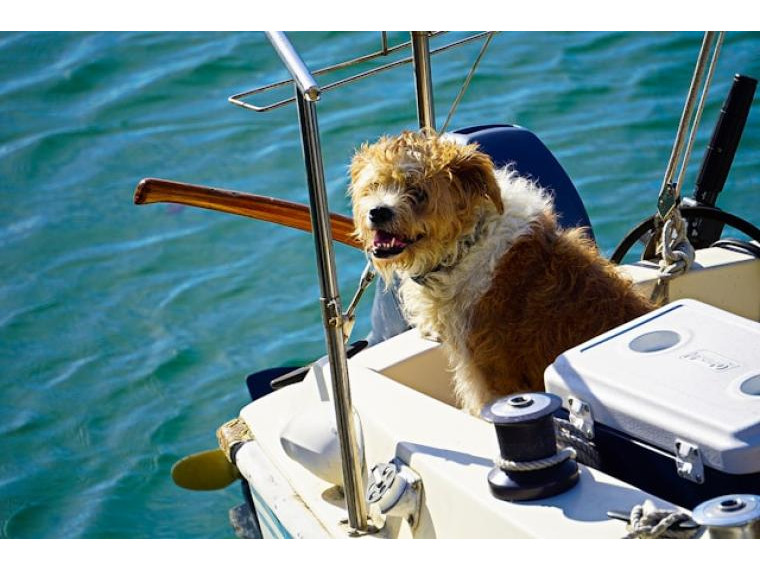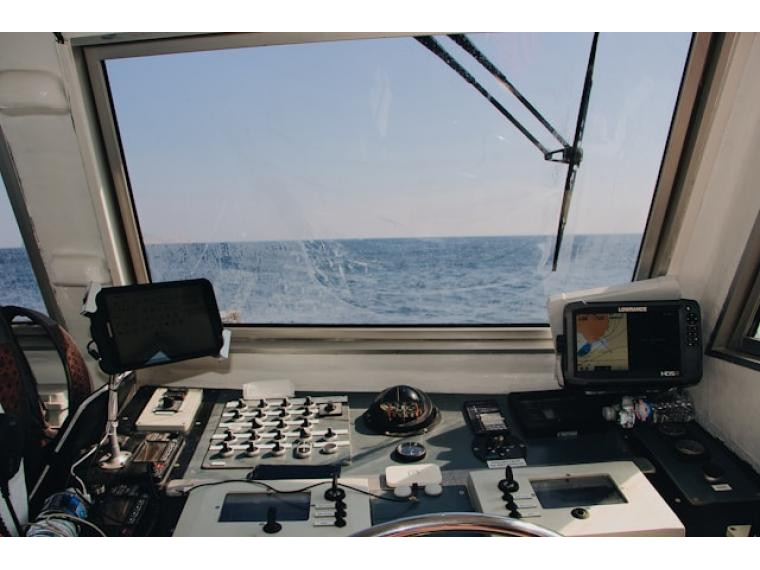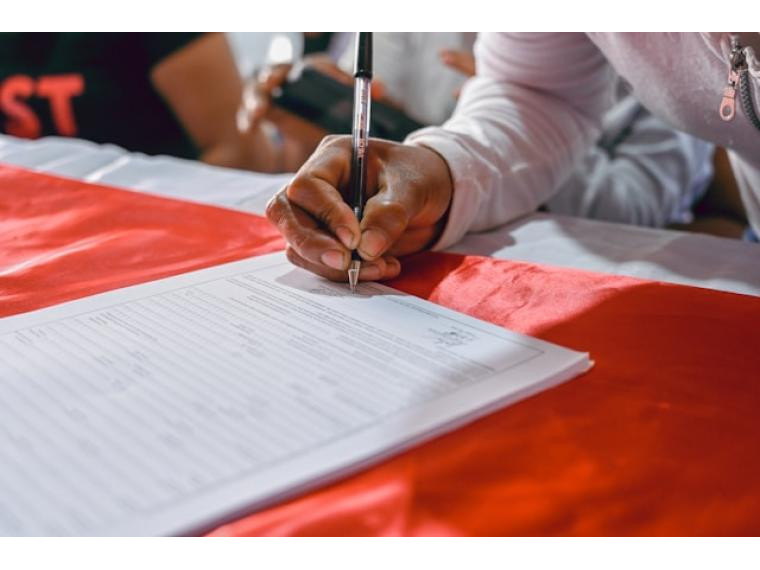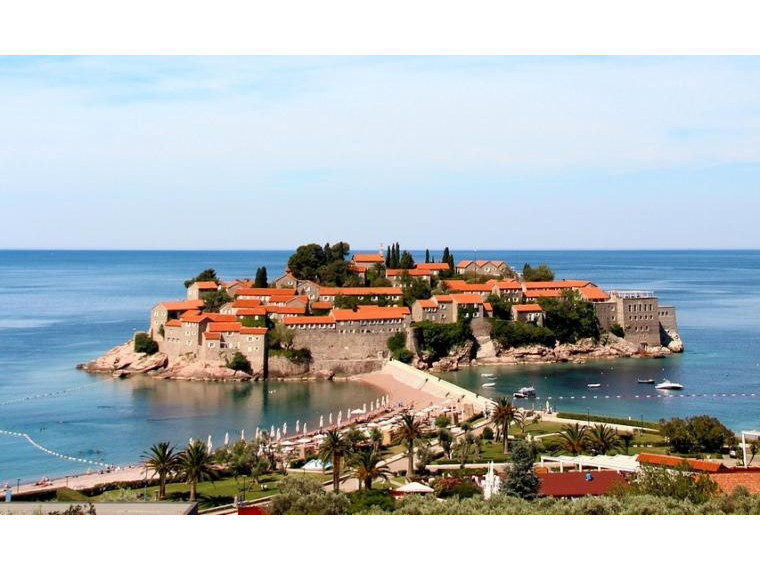What's the problem?
When refueling the car, things are quite simple: we drive up, wait for the pump to open, fill up, go to pay - and that's it. However, refueling a boat is a bit of a challenge.
First of all, there is no queuing on the water. The situation is not improved by the fact that sailors wishing to fill the tanks approach the station with various vessels; some have better controllability, some worse. In addition, the boats are of different sizes, and the crews operating them are not always efficient, experienced and perfectly coordinated. Something like this simply has to lead to conflicts and misunderstandings, even with maximum good intentions - and we know from experience that the intentions of those who "accidentally" got in line are not always crystal clear.
The second problem is that at the beginning of the charter you theoretically pick up the boat with a full tank. Theoretically - because you have to rely on the honesty of the previous crew. Our experience shows that it happens that the indicators show the max, even though this is not the case at all. There may be two reasons for this state of affairs. Sometimes the gauge has some inertia and shows the maximum from early, and the tanker poured only enough fuel to reach this ceiling and not a drop more. Sometimes the pointer is also just broken.
So how can you get out of this situation? Below we present some patents that we have developed after numerous refueling in Croatia, Greece and other countries popular among sailors.
Method 1 - choose the right refueling time
As you know, charters usually start and end on Saturdays. This means that just before the weekend, all crews must replenish their fuel supplies in order to return the boat with a full tank, as agreed. So if you want to avoid crowds and misunderstandings, under no circumstances should you go to a gas station on Friday afternoon or Saturday morning.
So when should you refuel? Our experience shows that the optimal time is Thursday evening, Friday morning, and finally Saturday at dawn. The latter option, however, is the most demanding, and at the same time risky: firstly, it requires you to get up from your berth much earlier than you would like, and secondly, it may turn out that you will arrive at the station first and there will be no crowds, but service - also.
Method 2 - refuel "by the way"
Petrol stations are open daily (although there are exceptions). It is therefore very likely that during the cruise you will pass by at least once a place where such a station is located, it is open and, moreover, empty. Treat it as a sign and even if you have a lot left in the tank, fill it up to the cap. If you're lucky and the wind is nice, you may find that refueling will no longer be necessary. And as a last resort, you will have to take a canister in your hand and walk to the station on foot, instead of performing complicated maneuvers on the water, in a lot of stress, rush and a crowd of other units.
Method 3 - get along with the shipowner
This is the worst of the methods and should therefore be regarded more as a backup plan. If for some reason (nightmare weather, unforeseen accidents during the cruise, etc.) you are unable to refuel until the end of the charter, you can always talk to the shipowner.
There is a good chance that you will be able to negotiate the return of the boat with an empty tank in exchange for a cash settlement. And yes, the shipowner does not have to agree to it - and if he agrees, he does not have to calculate the price of fuel at a favorable rate for you. What's more, in such a situation, you also have no control over how much he actually refueled. The shipowner must also involve his people, who are unlikely to bother for free.
However, if you have the proverbial knife at your throat, because in a moment you have to rush to the airport or you are in a hurry for some other reason - this is a solution. Certainly not cheap, but worth remembering.
Method 4 - check the amount of fuel at the beginning of the cruise
This method refers to the second of the problems mentioned in the introduction, ie to a yacht theoretically fueled under the cap, and in practice - not necessarily. The best way not to be deceived in this way is to refuel the yacht at the beginning of the voyage, before you go anywhere else.
Be sure to take the receipt and keep it until you return the boat. If during such refueling it turns out that the tanks fit 3-4 liters of fuel, it's still good, but if it was 20 liters, it's already a specific amount - and there is no reason for you to pay for it. Having a receipt with the number of liters and the date, you can easily prove to the shipowner how "full" the tank you received. Otherwise, it's word against word and it's hard to assert your rights.
As you can see, there are several ways to refuel the yacht without unnecessary nerves and not become the proverbial "donor of capital". We hope that thanks to our advice you will carry out the whole procedure efficiently and quickly - and during your next yacht charter you will be able to rely on your own experience.

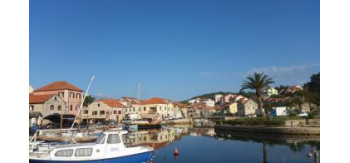 Although yachts by definition have a "wind propulsor", i.e. sails, an efficient engine and a full tank are no less important. And since the used fuel must be refilled before the end of the charter, refueling on the water is unlikely to miss you. If you want to know how to go about it and how to avoid misunderstandings, please read on. We hope that thanks to our advice you will be able to get through this procedure in an easy and stress-free way.
Although yachts by definition have a "wind propulsor", i.e. sails, an efficient engine and a full tank are no less important. And since the used fuel must be refilled before the end of the charter, refueling on the water is unlikely to miss you. If you want to know how to go about it and how to avoid misunderstandings, please read on. We hope that thanks to our advice you will be able to get through this procedure in an easy and stress-free way.
